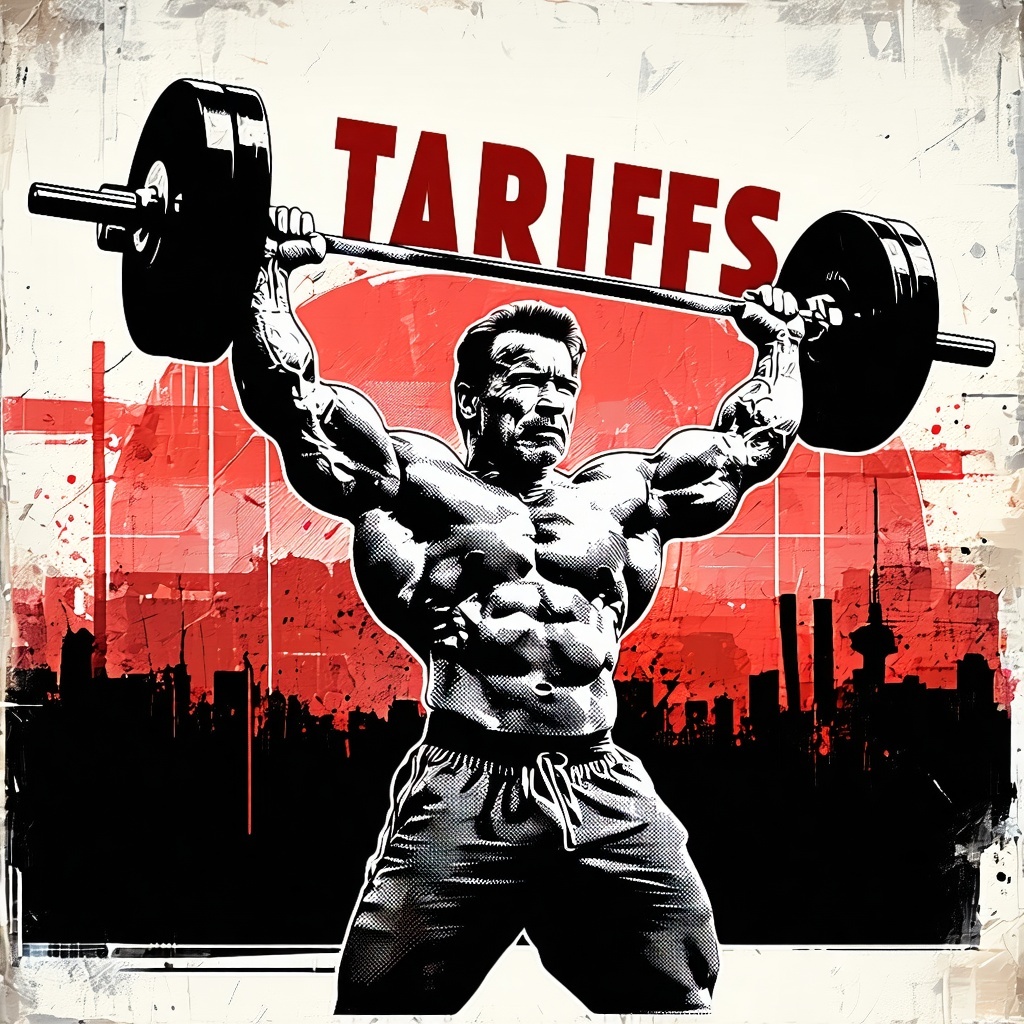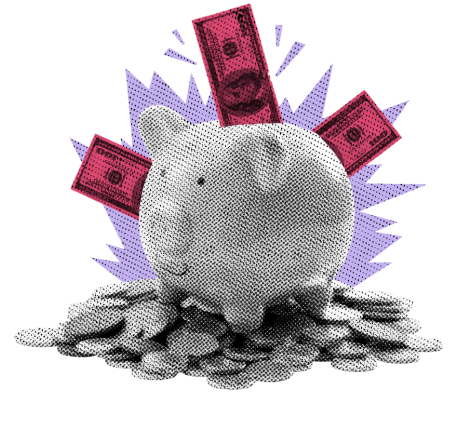
Inflation isn’t always what it seems. We unpack base effects, transitory spikes, and why Boeing wins while you pay more.KEY TAKEAWAYS
MY HOT TAKES
.png)

